9 Components of a Concrete Batching Plant

Concrete mixing plant is an indispensable core equipment in modern construction projects, which provides high-quality concrete for projects through accurate batching and mixing. Understanding the various components of a mixing plant not only helps operators to better manage production, but also helps engineering parties to evaluate the performance of the equipment. This article will introduce the nine core components of a mixing plant and their functions in detail.
Concrete Batching Plant Components
1. Aggregate bin
Aggregate bins are important containers for storing aggregates such as sand, gravel and crushed stone. Their main function is to receive, store and organise these raw materials for use in the concrete mixing process. Aggregate bins are carefully positioned to feed the aggregates efficiently and ensure the exact proportion of each component in the mixture, thus improving the quality and strength of the final product.
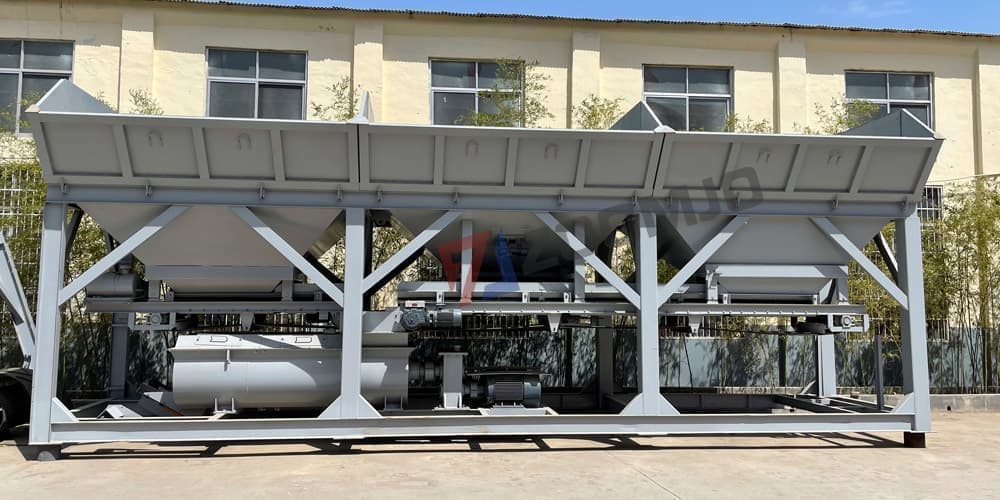
2. Conveyor Belt
Conveyor belts play a vital role in a mixing plant and are responsible for the automated and systematic transport of raw materials. These conveyor belts efficiently transport aggregates, cement and other necessary ingredients from the storage area to the mixing unit. Automated and controlled by advanced systems, the conveyor belts ensure accurate and continuous transfer of materials, reducing manual handling and thus ensuring a controlled flow of materials.
3. Weighing systems
Weighing systems use scales or load cells to calculate the exact amount of each aggregate before the mixing process begins. These systems are designed with separate weighing mechanisms for different aggregates to ensure that each component is accurately measured according to the desired recipe. By tightly controlling the proportion of aggregates, the plant is able to consistently produce concrete with the required strength and characteristics.
4. Cement silos
Cement silos act as storage containers for bulk cement, ensuring a constant and reliable supply during the concrete production process. These cylindrical structures safely store large quantities of cement and protect it from external factors. When required, the cement is transferred from the silo to the mixing unit by means of a control mechanism. This orderly and automated transfer ensures accurate proportioning and contributes to weighing accuracy.
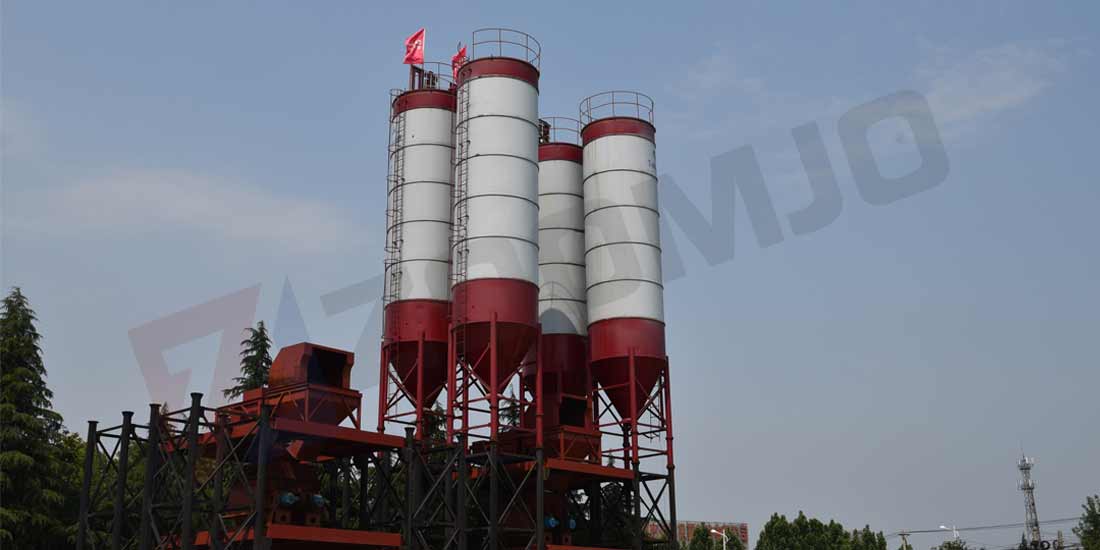
5. Water storage and metering system
The water storage and metering system is equipped with precision pumps and metering devices to measure and control the amount of water supplied to the mix. The system consists of specialised tanks or reservoirs to ensure that water is added accurately to achieve the required consistency and quality. Effective regulation of the water content allows the mixing plant to accurately adjust the characteristics of the concrete to meet specific project requirements.
6. Additive Storage and Dispensing Systems
Additive storage and placement systems are responsible for storing and placing chemical additives that enhance the properties of a concrete mixture. These additives include plasticisers, accelerators, retarders and water reducers. The system ensures that these additives are accurately measured and introduced in a controlled manner at the time of placement. By adjusting the additive content, the mixing plant can improve the workability, setting time and durability of the concrete.
7. Mixing unit
The mixing unit is the central location where aggregates, cement, water and admixtures are finely combined to produce concrete. Depending on the design of the plant, the mixing unit may be of different configurations, such as a drum mixer, a twin-shaft mixer or other specialised types. The unit ensures uniform distribution of the ingredients, which is an important part of achieving the required consistency and quality.
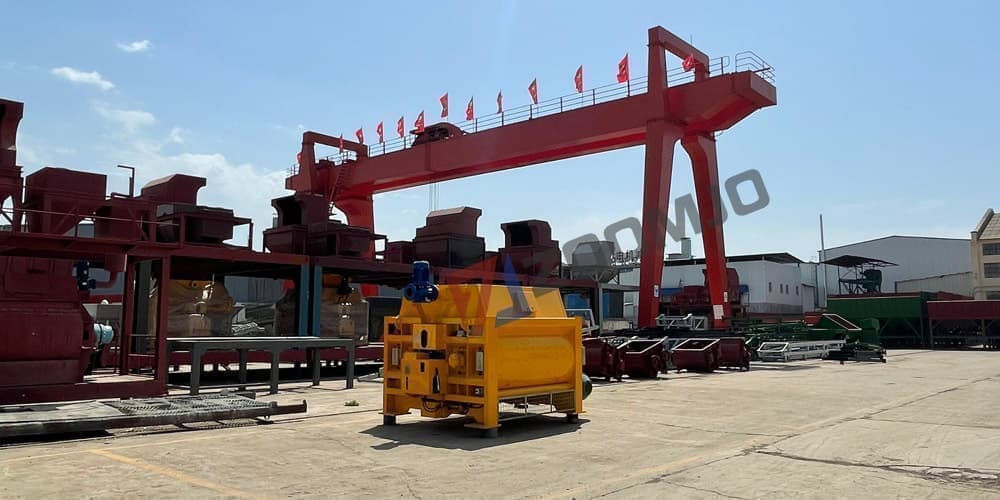
8. Control system
The control system acts as a command centre to coordinate the entire mixing process in a precise and efficient manner. It regulates the material proportions through meticulous scanning and real-time adjustments to ensure that the selected proportions are maintained. In monitoring the mixing process, the control system ensures that the ingredients are well mixed and evenly distributed, thus promoting consistent production of high quality concrete.
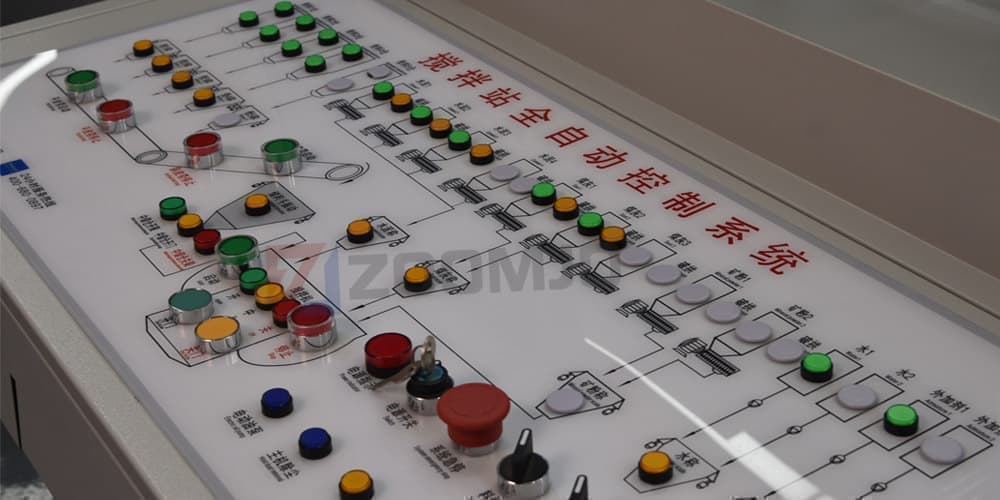
9. Mixing Plant Chassis
The mixing plant chassis is the sturdy frame that provides structural support for the entire plant. As a foundation, it carries the weight and impact of the various components, including the warehouse, mixer, conveyor and silo. The chassis is designed to be mobile for easy transport of the plant to different project sites and its durable structure ensures stability during operation, prevents structural deformation and promotes efficient plant operation.
Conclusions
A modern concrete mixing plant is a complex automated system where each component is carefully designed to work in conjunction with each other and be indispensable. When choosing mixing plant equipment, you should comprehensively examine the performance and reliability of each component, and choose the product that suits your needs. At the same time, do a good job of daily maintenance work, in order to ensure stable operation of the equipment, to provide quality concrete products for the construction of the project.
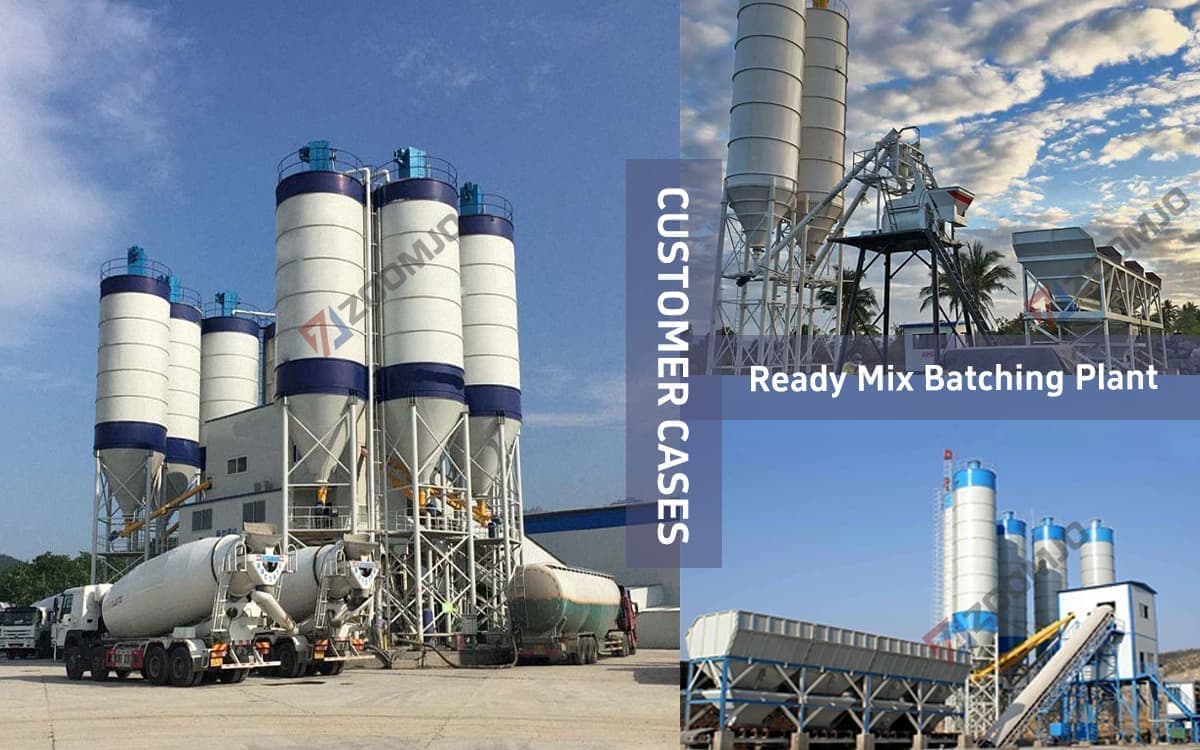
With its high-quality products and perfect service system, ZOOMJO has become a brand trusted by customers in more than 105 countries and regions around the world. Choosing ZOOMJO concrete mixing plant in construction projects, you can not only get efficient and reliable concrete mixing solutions, but also enjoy timely after-sales service and technical support.

 English
English  Español
Español  简体中文
简体中文  Pусский
Pусский  українська
українська 
